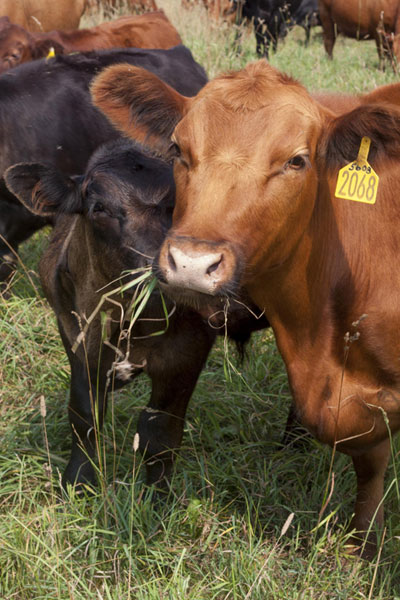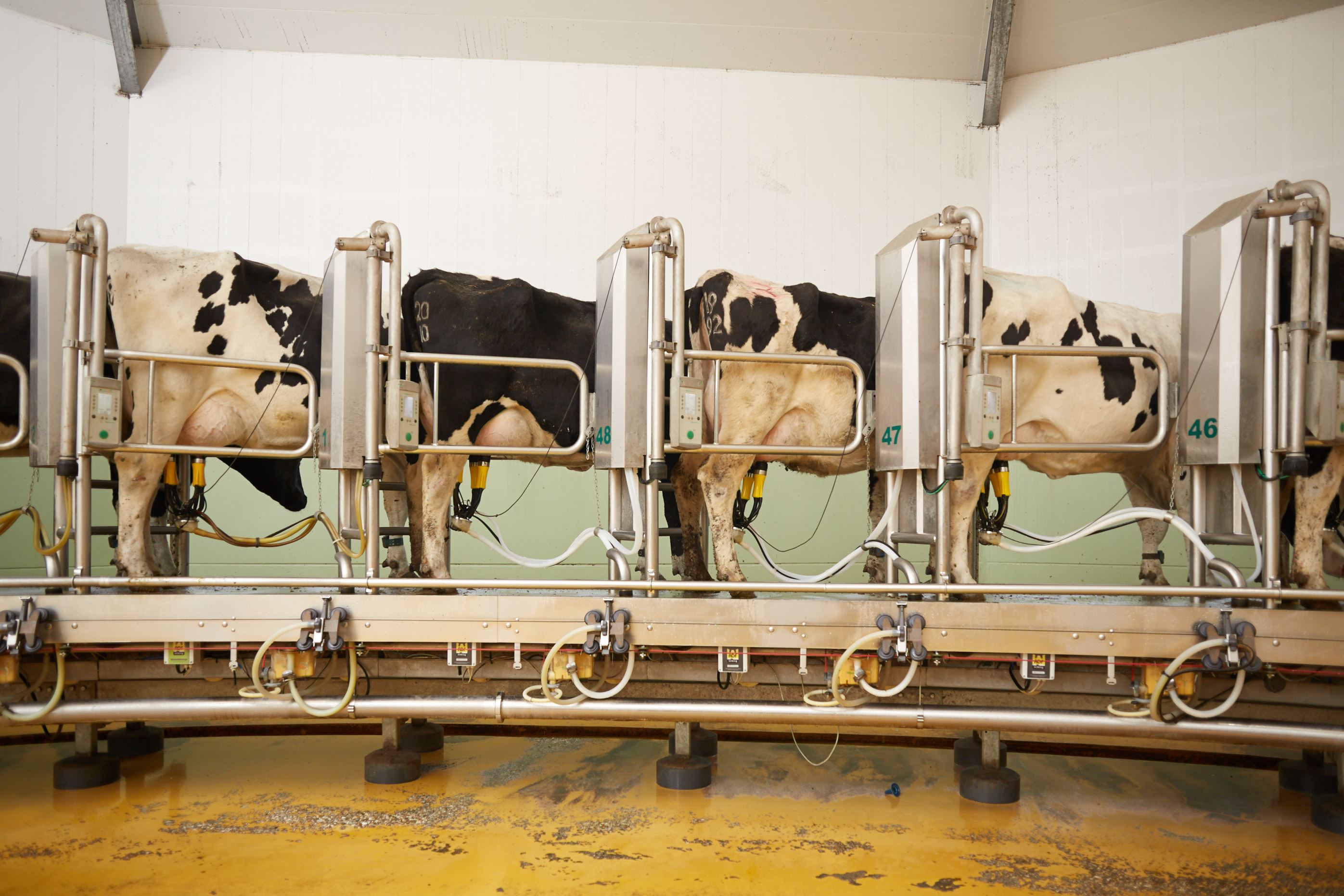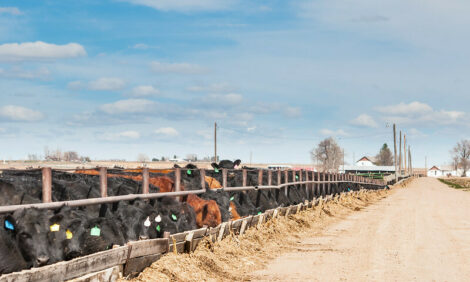



Weekly protein digest: Australia rebuilds beef herd and Ukraine faces uphill battle
Read the latest global cattle industry updates from Jim Wyckoff.Update from Australia and New Zealand
The Australian beef industry has entered into a phase of major herd rebuilding after being decimated by the severe impacts of a two-year drought in 2018 and 2019 across much of the beef producing region. This rebuild is expected to be in full force in 2021.
Widespread rains in Australia since the start of 2020, and forecasts for above-average rainfall in coming months, have triggered strong re-stocker demand and raised cattle prices in Australia to record levels. Because of this situation, FAS/Canberra forecasts lower cattle slaughter, cattle exports, beef production, and beef exports in 2021.

New Zealand beef production and beef exports are expected to recover somewhat in 2021 from lower levels caused by severe drought in early 2020. This drought covered much of the country from January through May and was rated in some regions as being as severe as any drought experienced in a generation. However, since May rainfall has been ample and should mean cattle will recover well from the drought during the September to December 2020 period.
Improving pasture conditions are expected to increase both average carcass weights and result in higher adult cattle slaughter in 2021. Because of this, FAS/Wellington is forecasting beef production at 687,000 metric tons (MT) carcass weight equivalent (CWE) for 2021, a 1.75-percent increase over 2020. Export volumes are forecast at 615,000 MT CWE for 2021, nearly one percent up on 2020.
Ukraine livestock summary
Ukrainian cattle and swine inventories contracted in 2019 and are expected to contract further in 2020 and 2021. Red meat production remained relatively inefficient and decreased, following inventory contraction. A record number of slaughter cattle and significant volumes of beef were exported in 2019. Beef remains overly expensive for price-cautious Ukrainian consumers, therefore USDA estimates that exports will remain strong in 2020-21.
African swine fever (ASF) remains a major obstacle for the Ukrainian swine industry. Pork importers fill market gaps left by domestic production. Consumers continue to substitute red meat with poultry in their diets.
Ukrainian cattle numbers continued a three decade-long downward trend. Farmers do not focus on beef production, rather it remains a by-product of dairy enterprise. Household and some industrial farm milk production remain rather inefficient, driving animal numbers and beef production down.
While the number of modern dairy farms is growing, they are still insignificant to change the downward production trend. Cattle inventory and beef production is expected to contract further in 2020 and 2021.
USDA’s latest weekly dairy report
Advertised prices for dairy products at major retail supermarket outlets ending during the period of 4 September to 10 September.
This week, the total number of conventional ads increased 20 percent, but organic ads declined 1 percent. Conventional ice cream in 48-64 oz containers remains the most advertised dairy item, followed by 8-ounce conventional cheese shreds. The weighted average price for conventional 48 to 64-ounce ice cream packages was $3.00, up 19 cents from the week before. Ads for cottage cheese in 16 oz packages increased 139 percent, with a weighted average advertised price of $1.85, compared to $2.09 last week.

The total number of conventional cheese ads increased 46 percent from the previous survey period. There were no organic cheese ads this period. The weighted average price for 8-ounce conventional cheese shreds was $2.28, down 24 cents from last week. The weighted average price for 8-ounce conventional cheese blocks was $2.22, down 20 cents from last week.
The total number of conventional yogurt ads decreased by 20 percent, whereas the total number of organic yogurt ads increased by 223 percent. The average price for conventional yogurt in 32 oz containers is $2.50 compared to $3.20 for organic, an organic premium of $0.70.
The national weighted average advertised price for conventional milk in gallons is $3.28, compared to $6.28 for organic milk gallons. This results in an organic premium of $3.00. The total number of milk ads decreased 57 percent for conventional and declined 34 percent for organic. Milk in half gallon containers was the most advertised organic dairy item, while there were no ads for conventional milk in half gallon containers.
Read Jim Wyckoff's Pig Outlook on The Pig Site and see updates on the global poultry meat industry on The Poultry Site.
TheCattleSite News Desk
IMPORTANT NOTE: I am not a futures broker and do not manage any trading accounts other than my own personal account. It is my goal to point out to you potential trading opportunities. However, it is up to you to: (1) decide when and if you want to initiate any traders and (2) determine the size of any trades you may initiate. Any trades I discuss are hypothetical in nature.
Here is what the Commodity Futures Trading Commission (CFTC) has said about futures trading (and I agree 100%): 1. Trading commodity futures and options is not for everyone. IT IS A VOLATILE, COMPLEX AND RISKY BUSINESS. Before you invest any money in futures or options contracts, you should consider your financial experience, goals and financial resources, and know how much you can afford to lose above and beyond your initial payment to a broker. You should understand commodity futures and options contracts and your obligations in entering into those contracts. You should understand your exposure to risk and other aspects of trading by thoroughly reviewing the risk disclosure documents your broker is required to give you.



